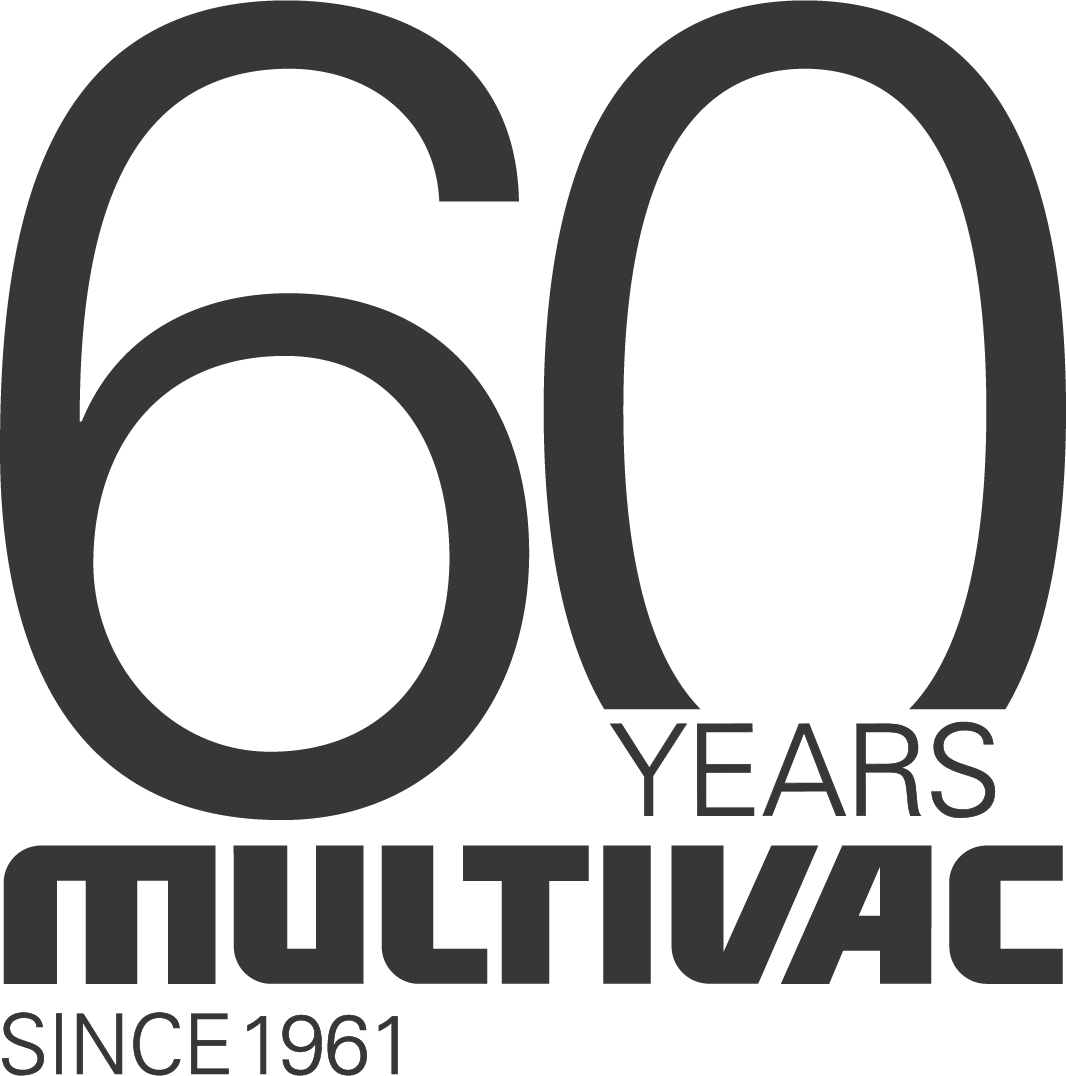
Optimised line operations confer a host of benefits for manufacturers, from greater equipment effectiveness to easier operation. They can significantly increase levels of availability in the system and reduce operating errors, often cutting down on the potential for human error by boosting automation. Multivac Line Control (MLC) provides a number of functions that are key to optimising line management.
The target: an optimal system
In food manufacturing, production lines generally comprise a number of separate components, with the packaging machine operating along with multiple individual modules, such as slicers or portioning machines, conveyor systems, loading and unloading equipment, labelling and inspection systems.
An optimal system for line operation and management enables both the coordination of specific processes on an individual level and overall, high-level control of the line. This means that the operator has access to the system as a whole, as well as component-by-component, and is able to monitor and control it on both levels.
High-level line control over separate modules can significantly increase the efficiency of the line, allowing changes to be implemented by a single central control terminal. Providing the operator with a transparent depiction of each stage of the system and allowing the process to be tracked through the individual stages means that faults or inefficiencies can be identified and pinpointed. This dual perspective can be used to ensure the most effective product flow and use of equipment.
Integration is integral
The centralised high-level control of a line operation depends on system integration. This means linking together individual machines operating next to one another, so they can operate as a harmonised unit.
Food manufacturers are increasingly recognising the importance of integration for increasing the efficiency of their operations. According to the 2019 PMMI report Trends and Advances in Food Packaging and Processing, 34% of food processing and packing lines were already fully integrated, with half of smaller and medium sized operations in the process of implementing more integration. This creates opportunities for greater automation and the deployment of solutions that can control or monitor the whole line at once.
Centralised line start and stop
A single, central start/stop command is an efficient tool for controlling the whole system. The command can be made at a single central control terminal and will activate or deactivate all of the components of the line at once. This removes the need to start or stop separate components individually.
It also allows the line to be easily run empty in order to prepare for the next product, batch change or for the end of a shift. The most intelligent deployment of the “run-empty” process can minimise material consumption and therefore create efficiencies for the operation.
Integrated recipe management
Integrated recipe management allows the settings of individual components to be controlled via the selection of a recipe on the central terminal. This helps to cut down on human interactions with machines, increasing the level of automation and reducing the chance of error.
This kind of automation facilitates simpler, faster product changes. The relevant parameters, such as pack dimensions or speed of transport conveys, are automatically adjusted for each component according to the product and packaging specifications defined by the recipe.
For example, if a checkweigher and a conveyor belt labeller are integrated in a traysealer line, their individual parameters do not have to be manually set at the checkweigher’s control terminal for each new product. The parameters are automatically adjusted by the higher-level control unit according to the recipe. The same applies if the line includes other components, such as handling modules, inspection systems, labelling solutions or metal detectors. This can also increase the security of the packaging process.
Integrated line control
Intelligent line control is crucial for smart troubleshooting. It allows irregularities to be identified and located and their cause diagnosed. An overview of the overall process status of the line can be viewed at any control terminal, with each module clearly depicted. This provides the operator with all the necessary information to efficiently pinpoint and rectify any faults in order to reduce their impact on the effectiveness of the operation.
This is especially useful if line modules are physically separated from each other, for example by a wall or by distance. Having a centralised overview of the whole line and all of its processes means that the operator can make a rapid assessment of the overall situation from any individual terminal.
Modularity for efficient deployment
It can take significant time and resources to design tailored line control systems for specific operations on a case-by-case basis. At the same time, a customised approach is necessary in order to best respond to the concrete requirements of each line operator.
Planning and implementation time can be dramatically reduced by a control solution that can be deployed in a modular manner, where specific applications can be selected and combined in order to respond to the client’s specific needs.
MULTIVAC Line Control
Multivac Line Control (MLC) is a standard solution which addresses each of the key areas above: it has a centralised start/stop command, integrated recipe management and integrated line control. Multivac has widened its range of solutions in order to enable MLC to be readily configured for the specific needs of each client. It has a modular structure, meaning that relevant functions can be added according to the system in question.
Intelligent line control is provided by Multivac Line Overview, part of MLC. It is operated via a central HMI user interface designed to maximise transparency as well as security, making all the important information available to the user at a glance.
MLC also creates opportunities for further optimisation through the incorporation of additional digital services. It can provide all the relevant process data to enable the integration of optional services like an Overall Equipment Effectiveness (OEE) Analytics App, with the potential to enhance operational effectiveness even further.
The result is significantly more efficient line operation, higher levels of availability throughout the line and minimised operating errors.


